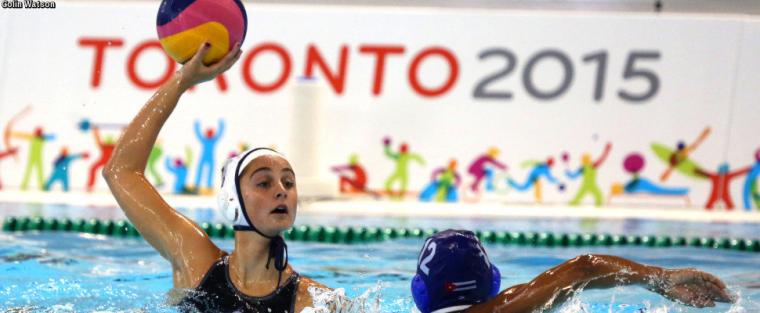

 de Natation (FINA) as the National Governing Body for the sport of water polo in the United States. USA Water Polo oversees the Olympic water polo program, including senior, junior, youth and cadet national teams, as well as 20 different championship events annually, including the Junior Olympics, the US Open of Water Polo, and the Masters National Championships. With nearly 45,000 members, USA Water Polo is also the sanctioning authority for more than 500 member clubs and more than 400 tournaments conducted nationwide each year. Its mission is to grow the sport of water polo throughout the United States and win medals in Olympic, World Championship and Pan American Games.
de Natation (FINA) as the National Governing Body for the sport of water polo in the United States. USA Water Polo oversees the Olympic water polo program, including senior, junior, youth and cadet national teams, as well as 20 different championship events annually, including the Junior Olympics, the US Open of Water Polo, and the Masters National Championships. With nearly 45,000 members, USA Water Polo is also the sanctioning authority for more than 500 member clubs and more than 400 tournaments conducted nationwide each year. Its mission is to grow the sport of water polo throughout the United States and win medals in Olympic, World Championship and Pan American Games.
Sports Destination Management: Water polo is something many people see at the summer Olympics. Does that result in a lot of growth for the sport?
Jeff Dyrek: We’re one of the sports that get a lot of attention every four years, so we do try to take advantage of the buildup we get as a result. Right now, we’re doing very well. Our women’s team is the reigning Olympic gold medalists from London, and they are number one in the world. That has brought us a lot of extra visibility.
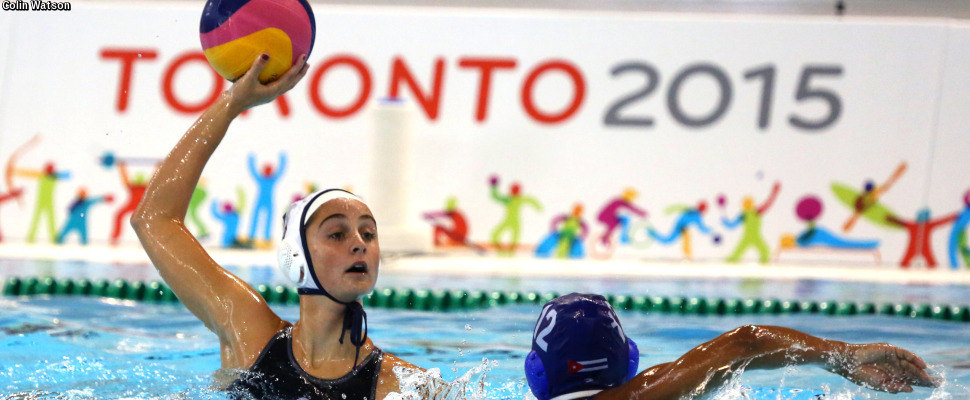
SDM: Some areas, such as California, seem to have more water polo events, both at the high school and college level, than others. Why is that?
Dyrek: This is a sport that is really West Coast-heavy. California has a strong presence in the game, but USA Water Polo looks to grow and service our members all across the United States. We are working with local stake holders to grow the sport at all levels outside California, age group, high school and college. We see the opportunities for continued growth across the United States. For example, we’re working hard to help Texas acknowledge water polo as an official high school sport.
SDM: Water polo is a tough and physically demanding sport. How do you get kids interested in it when they’re really little?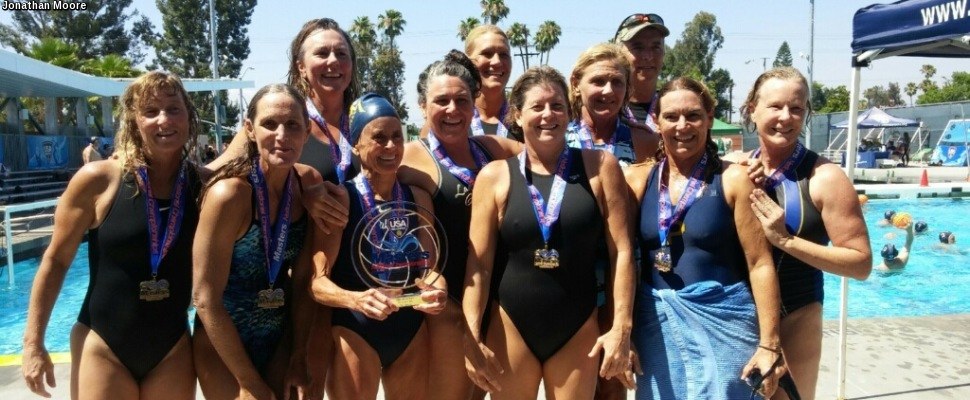
Dyrek: For under age 10, we have a program called splashball, which is an introductory event that gets kids to experience the sport without as much of the challenging aspects like the eggbeater (a kicking motion used by athletes to stay up in the water while playing.) A kid who is eight years old can sit on a water noodle to play and get a feel for what the sport is all about. There’s plenty of time later to grow into the technical aspects. Splashball has been a huge success for introductory players – it’s something we encourage water polo clubs around the country to add as part of any event they run. We provide them with the information and the resources to help get them started.
SDM: What is the growth of the sport like?
Dyrek: We definitely see the sport growing, about five percent a year. We’ve noticed that we have slightly more men than women, maybe a 60/40 percent split.
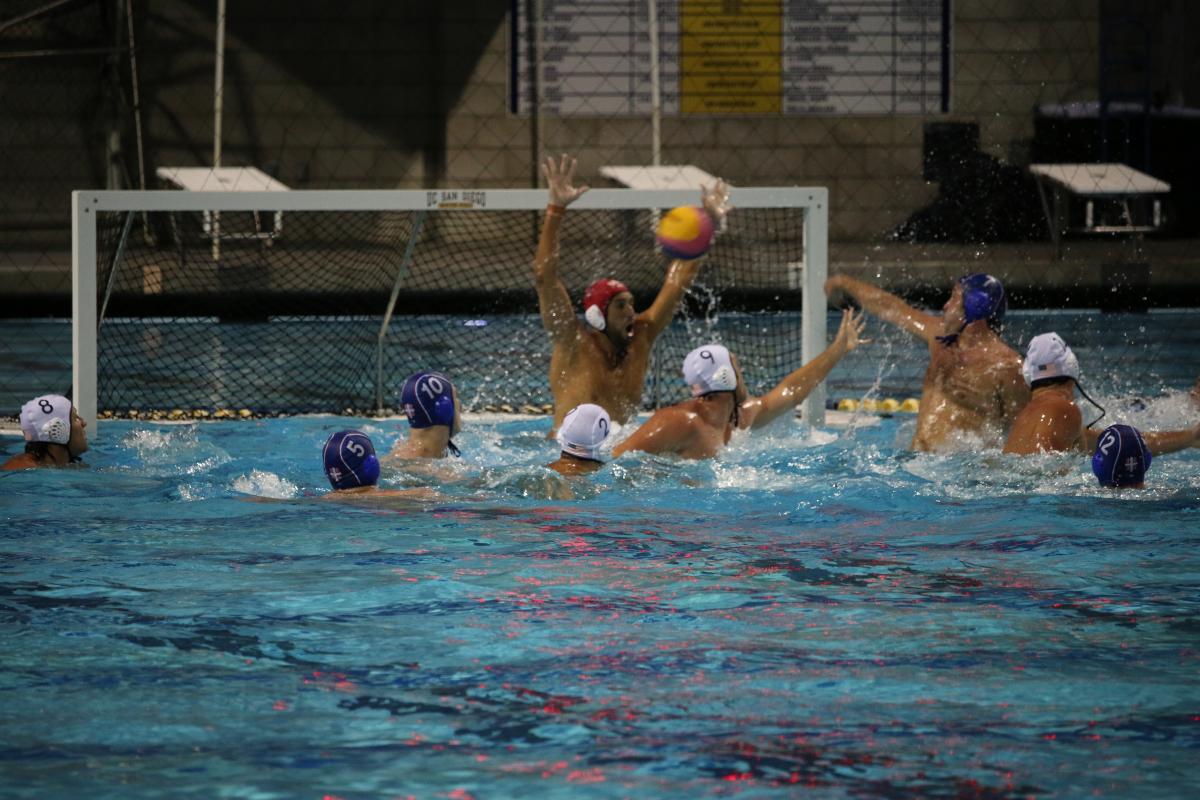 SDM: USA Water Polo has national events that it likes to showcase. Is it hard to find facilities to host those events?
SDM: USA Water Polo has national events that it likes to showcase. Is it hard to find facilities to host those events?
Dyrek: There are a lot of aquatics facilities around the country. We need to make sure we find the ones that fit our rules and specifications and have the right depth of water. We run across a lot of facilities that are four to five feet deep, but FINA standards say the pool has to be at least two meters, which means deeper than six feet. You don’t want players’ feet to touch the bottom, as it creates an unfair advantage, so really deep water is very important.
In terms of things outside the facility, we are always looking for a way to create a great experience for our athletes. We want to make sure there are restaurants and things for them to do when they’re not in the pool. Sports commissions and CVBs are very important, since they can help you get the support to market the event. Something else that is critical is finding local water polo clubs. When you’re executing an event, you want to have people who understand the needs of the athlete and way the event should run. We’re also lookin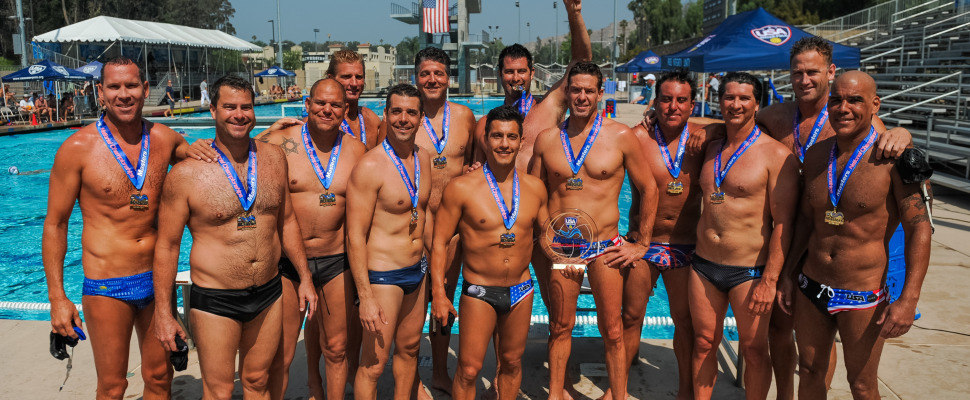 g at helping with the long-term success of the sport in an area as well, so we like to locate events where they have the resources and the knowhow to continue growth once the event comes and goes.
g at helping with the long-term success of the sport in an area as well, so we like to locate events where they have the resources and the knowhow to continue growth once the event comes and goes.
SDM: Does bringing water polo into an area where there aren’t many clubs tend to increase interest in the sport?
Dyrek: In terms of membership and growth, yes. There are plenty of areas that may not have the clubs or the membership, but th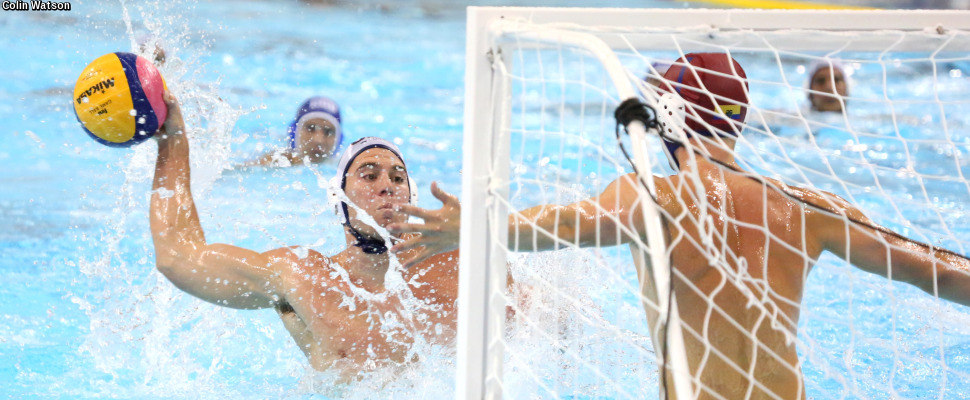 e interest is definitely there. We hosted one of our national team events in Chicago, for example, and it was sold out. We’d love to see more growth there.
e interest is definitely there. We hosted one of our national team events in Chicago, for example, and it was sold out. We’d love to see more growth there.
SDM: If a community wants to host an event, can they contact USA Water Polo?
Dyrek: Yes – we suggest they reach out to us. Also, we can help sp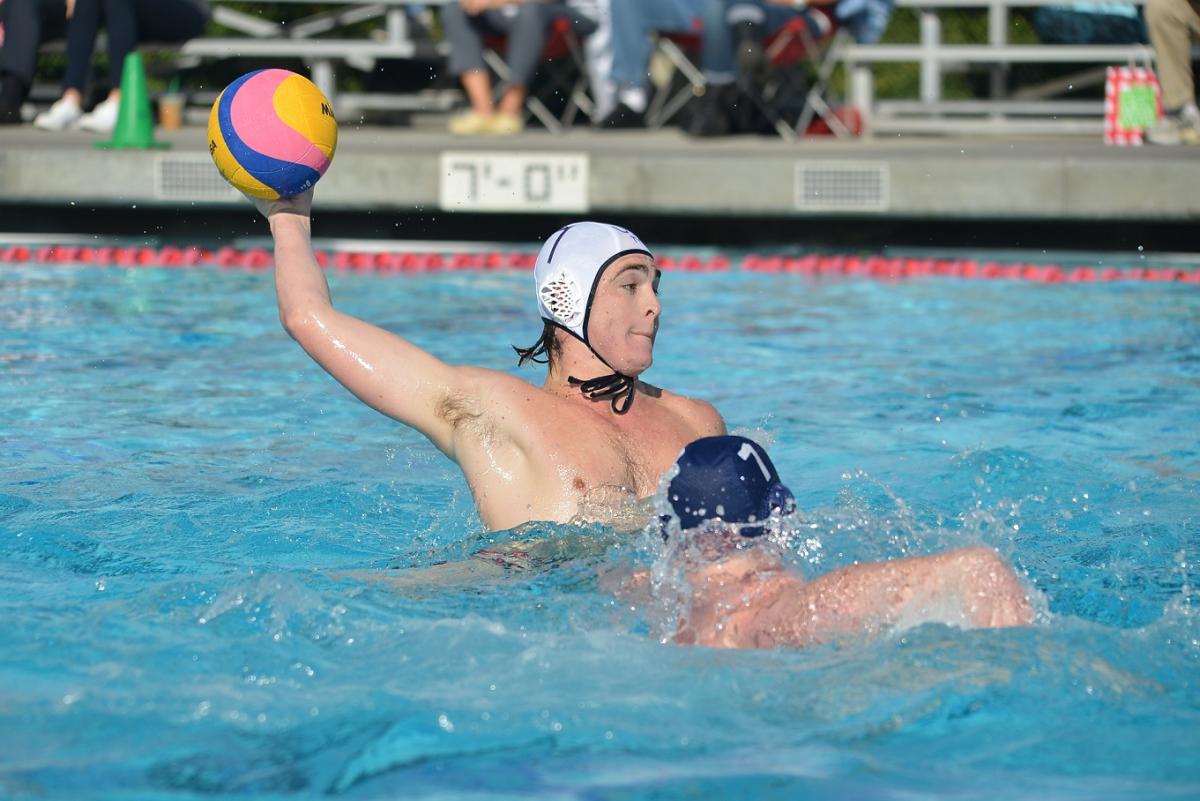 orts commissions and CVBs by identifying local clubs and schools that offer water polo, and helping facilitate those relationships. We do see somewhat of a correlation – if we can do more events, it can generate more relationships. You might not think that a high school team, for example, would impact the sports commission, but it will; as the sport grows in that area, it brings more competitions, and that ultimately will impact sports tourism.
orts commissions and CVBs by identifying local clubs and schools that offer water polo, and helping facilitate those relationships. We do see somewhat of a correlation – if we can do more events, it can generate more relationships. You might not think that a high school team, for example, would impact the sports commission, but it will; as the sport grows in that area, it brings more competitions, and that ultimately will impact sports tourism.

